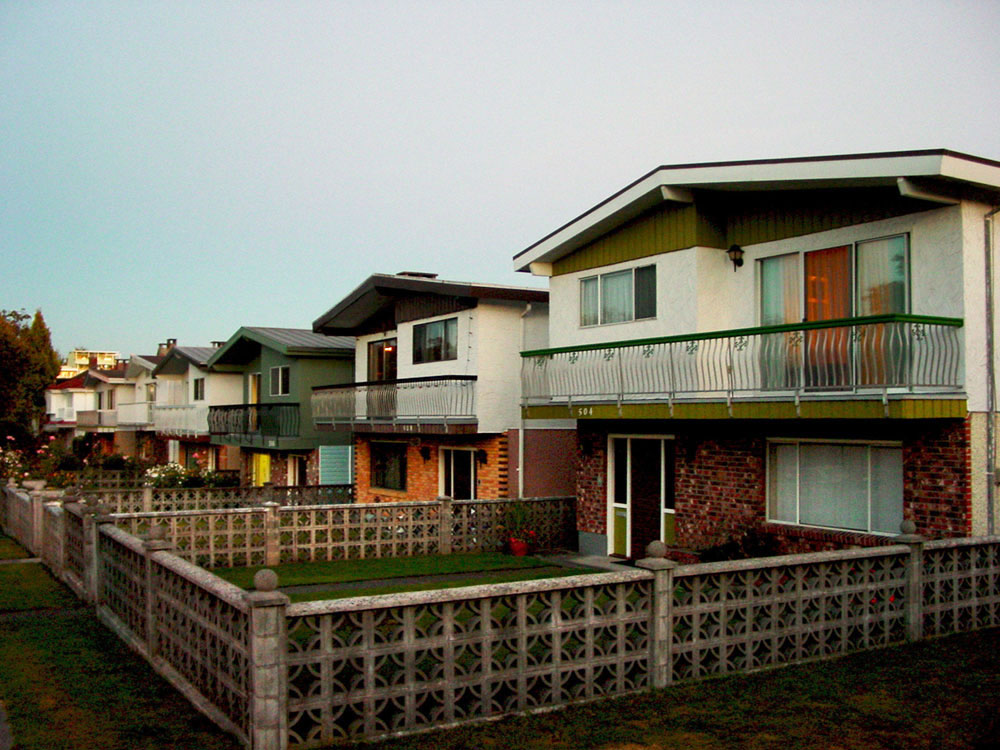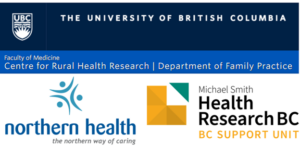What happens when we treat housing precarity as a health issue, and a moral one too?
Ishmam Bhuiyan, Annie Foreman-Mackey and Sandra Smiley
May 13, 2022 [Excerpt]
As medical students, we learn every day about incredible new technologies introduced to improve health and save lives.
In recent years, physicians have used custom-made immune cells to fight aggressive cancers, grafted an entire face for people with severe injuries and even transplanted stem cells to cure three patients of HIV — a condition previously thought to be incurable.
Despite these advances in medical science, another major health challenge is still waiting to be solved: homelessness and housing precarity. It’s estimated that 23,000 people a year in B.C. experience homelessness, and this number is on the rise across several jurisdictions.
People facing homelessness are at an increased risk of developing acute and chronic health conditions, such as mental health and substance use issues, infectious and non-communicable diseases, illnesses linked to inadequate nutrition and traumatic brain injury.
Exposure to the elements — rain, cold and heat — both cause and aggravate these health problems. Homelessness also presents unique barriers to accessing health services, delaying care. For some, that can mean the difference between life and death.
The health consequences of housing precarity are not felt equally across all populations and disproportionately impact equity-deserving groups. LGBTQ2SIA+ individuals are estimated to comprise up to 40 per cent of homeless youth. Indigenous people constitute about six per cent of the population of B.C., but they represent between 30 and 40 per cent of the homeless population in the province.
Read more at Prescriptions for Our Housing Crisis





